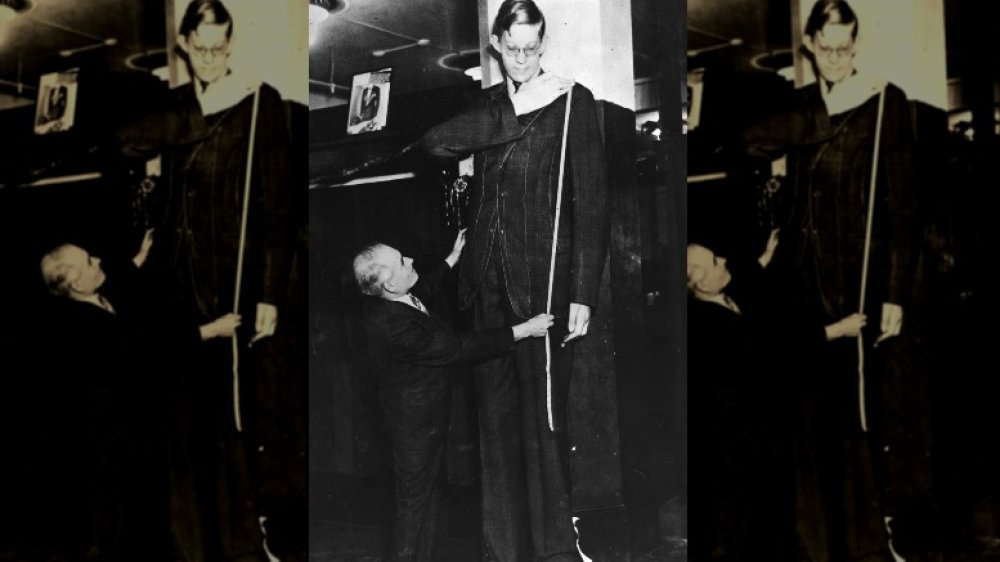Giants Might Actually Have Existed. Here's Why
Giants are some of the most famous monsters of myth and legend. As Claire Cock-Starkey of Mental Floss tells us, tons of cultures have their own versions of the mighty man-mountains, from Atlas and Orion of the Greek legends to the Biblical Goliath.The famous Irish basalt column landmark Giant's Causeway is closely associated with the legend of Finn McCool, a giant who's said to have built the Causeway as a bridge to Scotland. Unfortunately, McCool did this to get to the Scottish giant Benandonner, who turned out to be much bigger and scarier, and the Irish giant ultimately had to dress as a baby to trick the behemoth into believing there was an even larger Daddy McCool roaming about.
Yep, giants were everywhere in ancient history. Per Encyclopedia Britannica, many cultures believed that they were either primordial beings that ruled the earth before men, or actual, gigantic humans before people deteriorated to their current size. But could there be a hint of truth behind the legend? Could giants have ... actually existed?
Giants are real, but they don't have it easy
Sure, giants exist. Haven't you heard about Andre the Giant? We're not just being clever, here. Per Health Direct, rare conditions like gigantism and acromegaly (which also affects their body's proportions) can cause people to grow well past the norm, to a point that an average person might well consider them to be giants. This is often caused by a tumor in the brain's growth hormone-producing pituitary gland, or a rare genetic condition.
Gigantism can be treated with drugs, surgery and radiotherapy, and when it goes unchecked, you pretty much grow until you stop, on account of dying before your time. Case in point: According to Guinness World Records, the tallest man in the world was a fellow called Robert Wadlow. His condition went untreated, and as a result, he was a whopping 8'11.1" tall before his untimely death at 22.
So, yeah. Life with gigantism might not be particularly nice, and presumably, it wasn't any nicer back in the days when there was no medical understanding of the condition. Imagine what a man like Wadlow would have looked like to a random peasant back in the 14th century. Imagine a 9th-century monk coming across Andre the Giant in the woods. Wouldn't they spin a tall tale or two out of such an encounter?
Irish giants and DNA
There's actually some historical evidence that at least a few giants of legend may very well have been inspired by real people suffering from gigantism. Remember that story about Finn McCool, Ireland and the Giant's Causeway? According to Michelle Engle of NC DNA Day, there's actually some indication that the country's giant stories have at least some root in reality. In fact, Dr. Marta Korbonits of the Department of Endocrinology at the Queen Mary University of London has been looking into the genetic sequences of several Irish family lines with a penchant for pituitary gland trouble, and discovered that all of these families have a very simiilar, gigantism-causing mutation.
Dr. Korbonits was ultimately able to link the cases together by tracking down the skeleton of a 18th century Irish giant, who was no less than 7'7" tall and shared the same mutation with the modern-day family she'd first started studying. As such, it looks like there were indeed giants in the country's yesteryear. What's more, they were probably distant relatives of the giants in today's Ireland. Pretty (Mc)cool, right?


